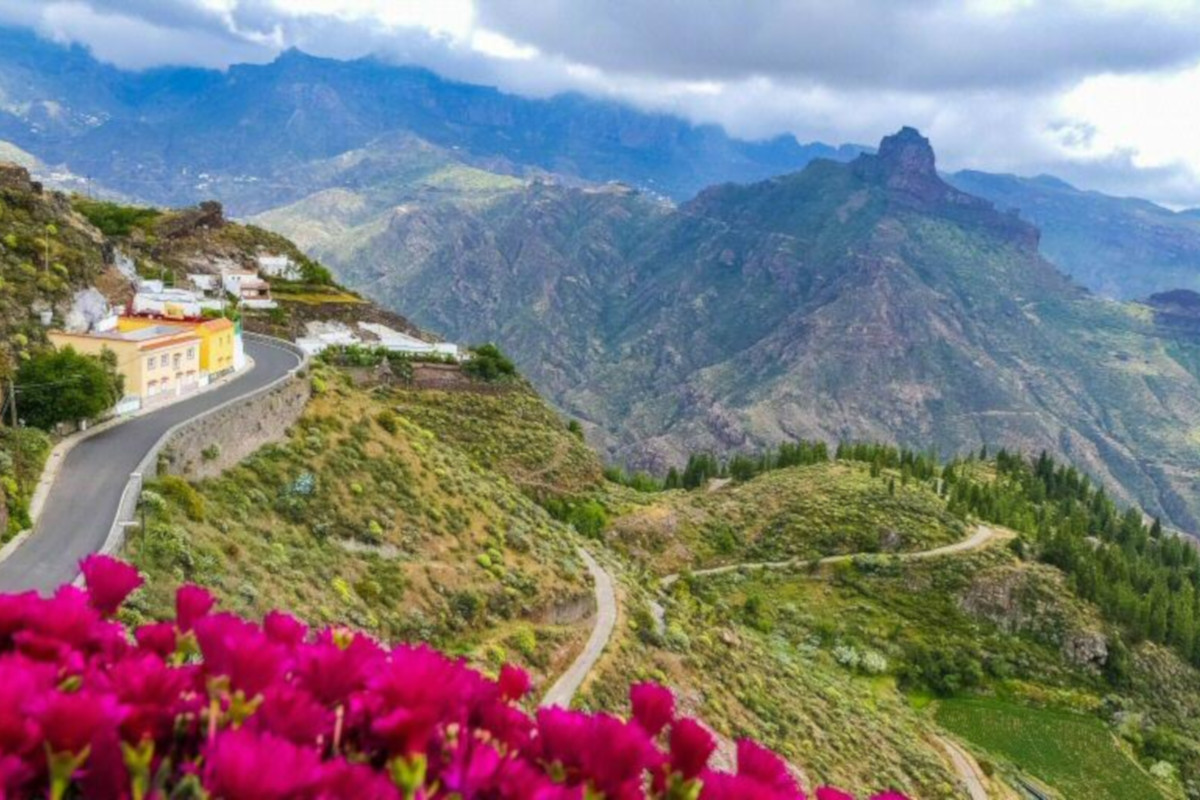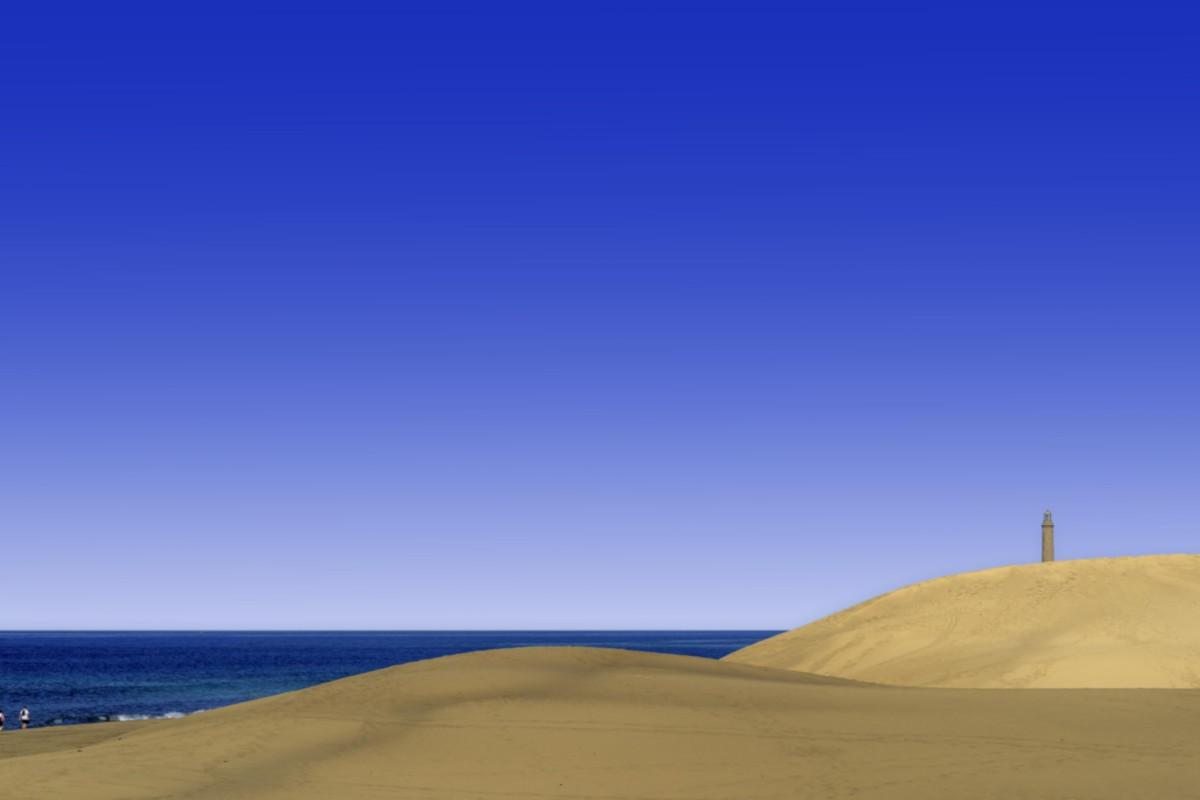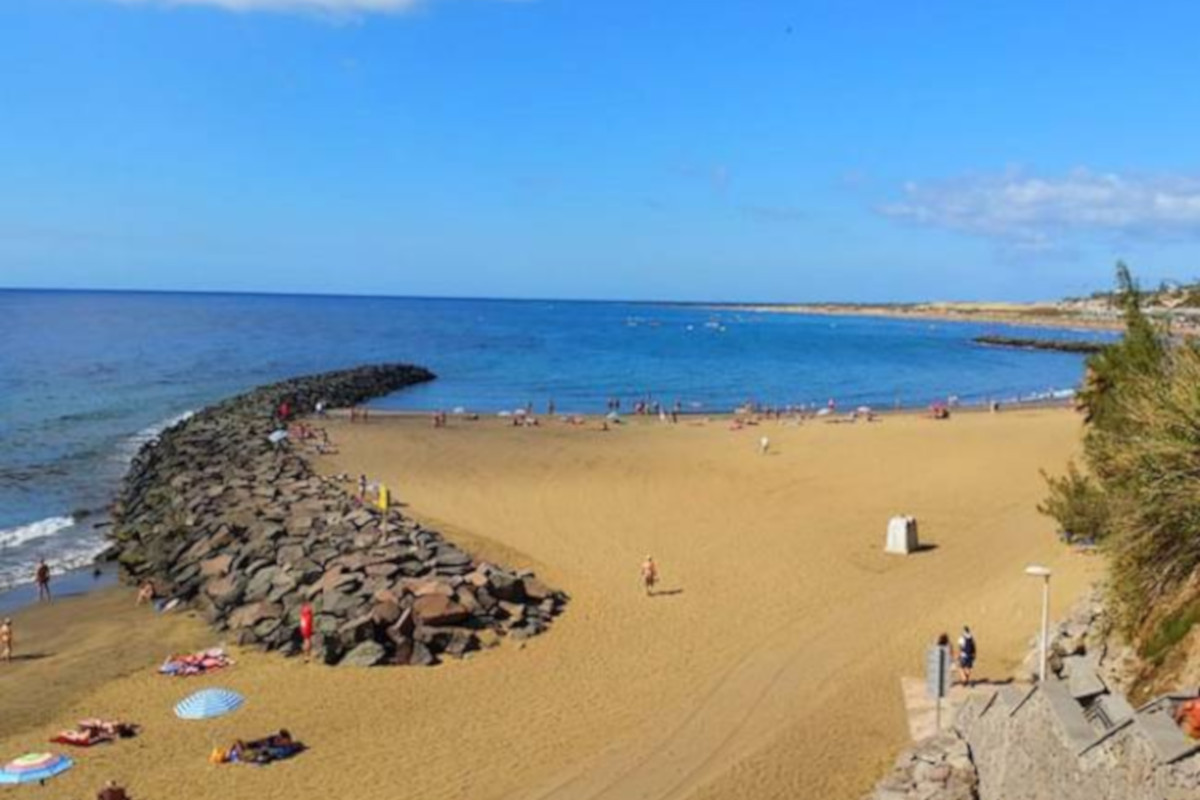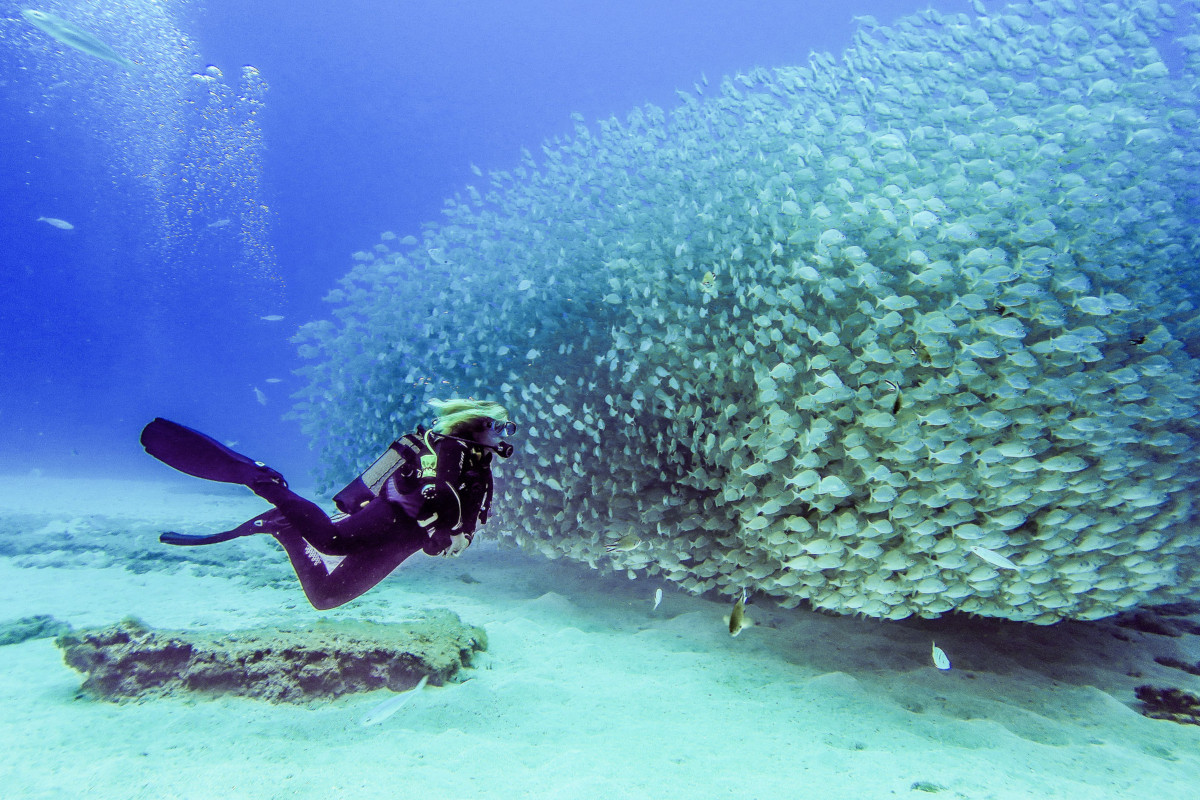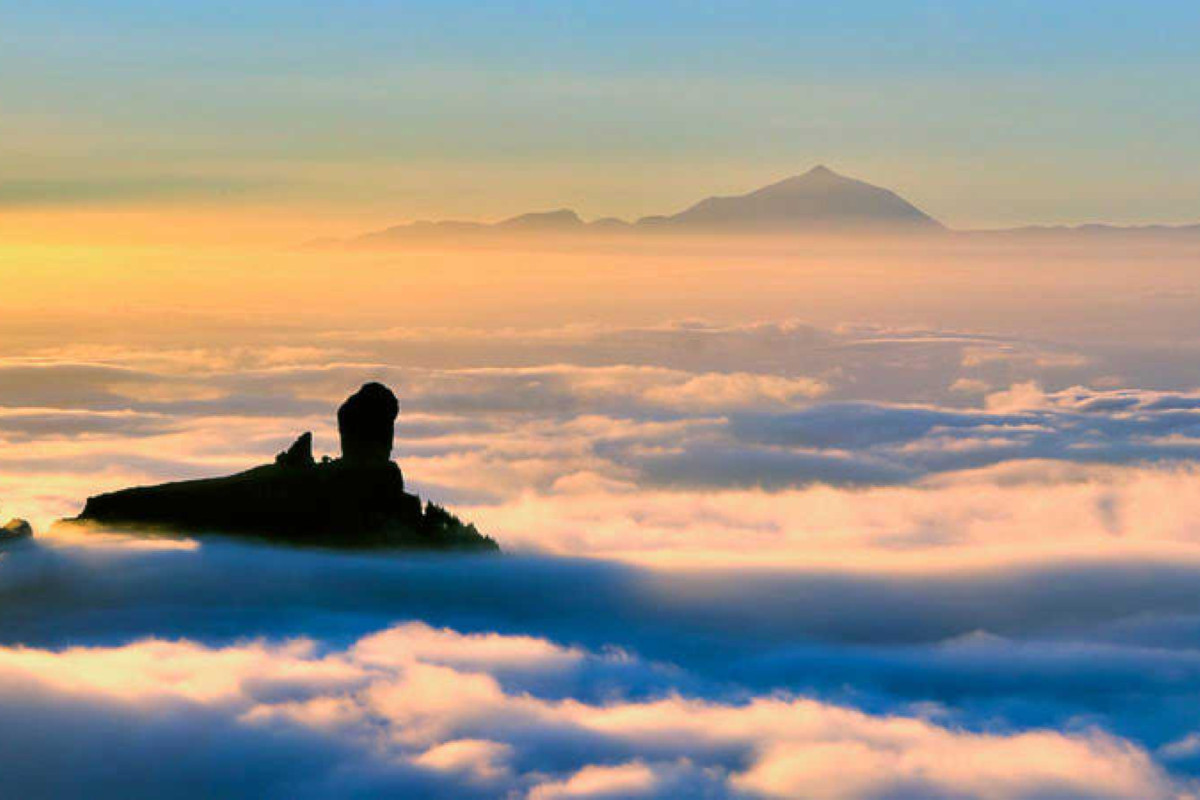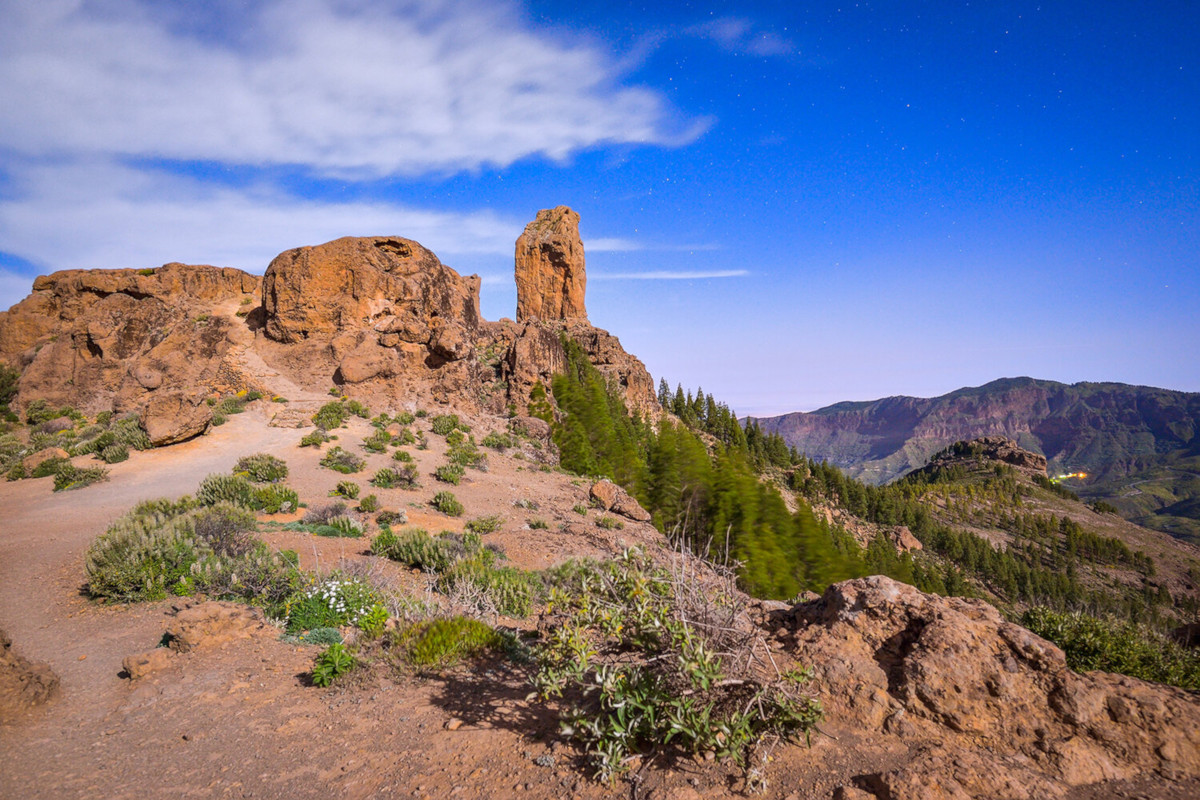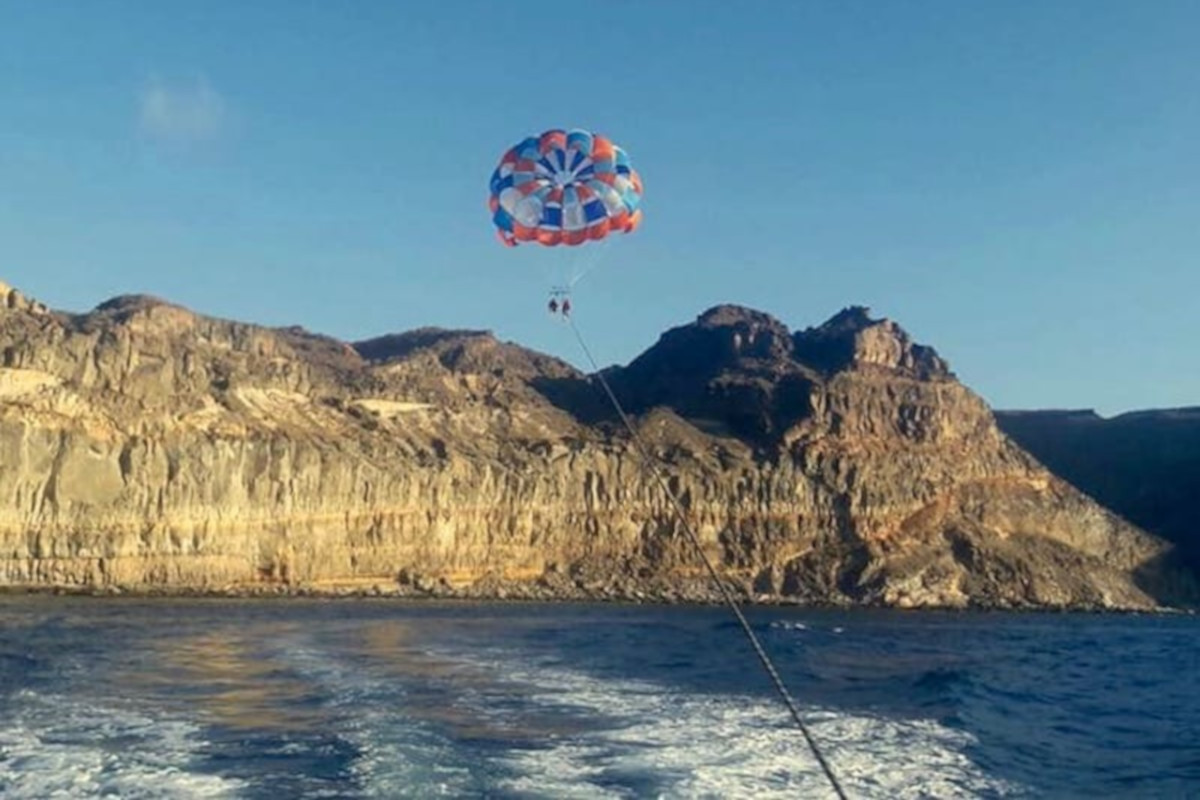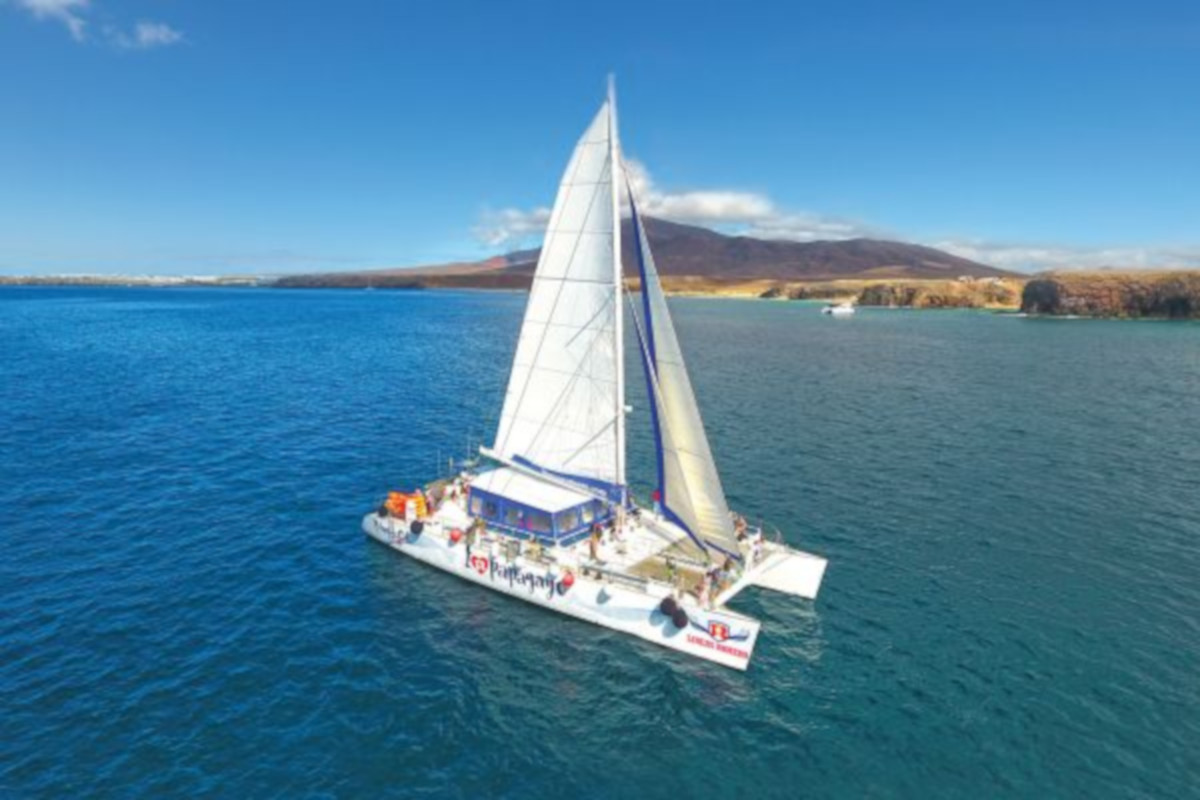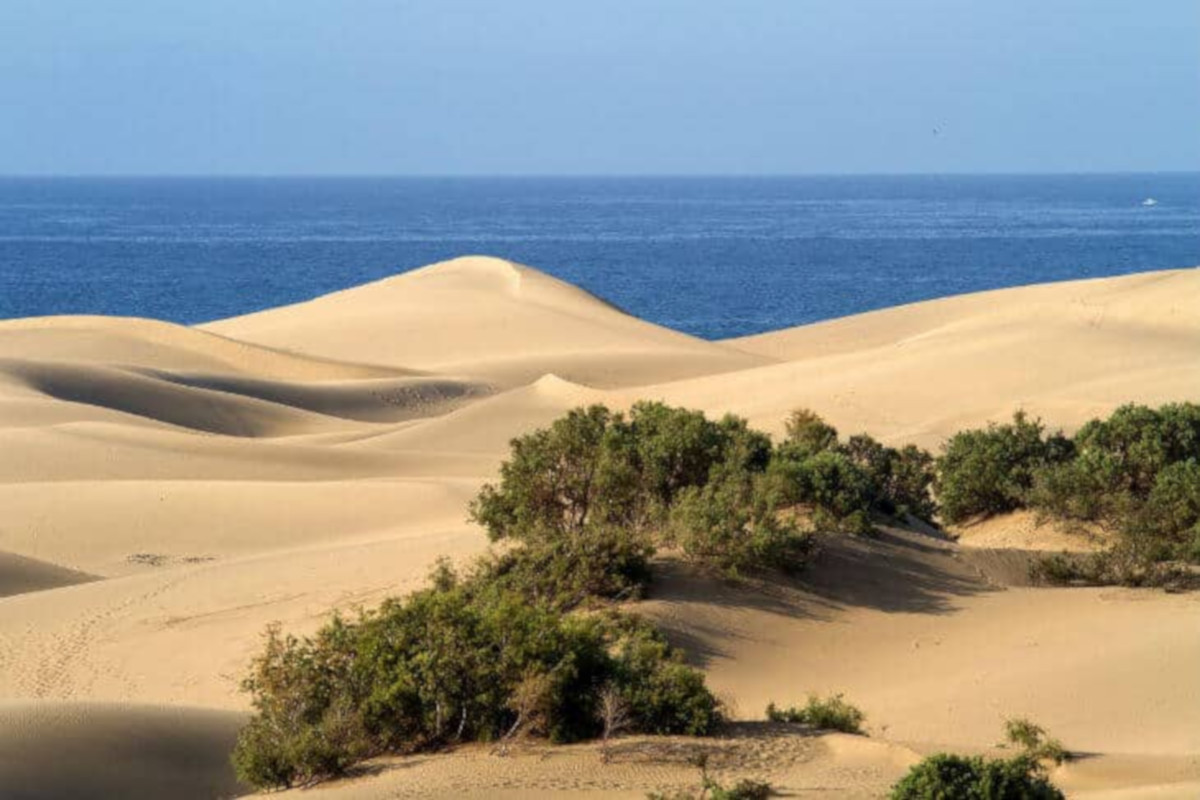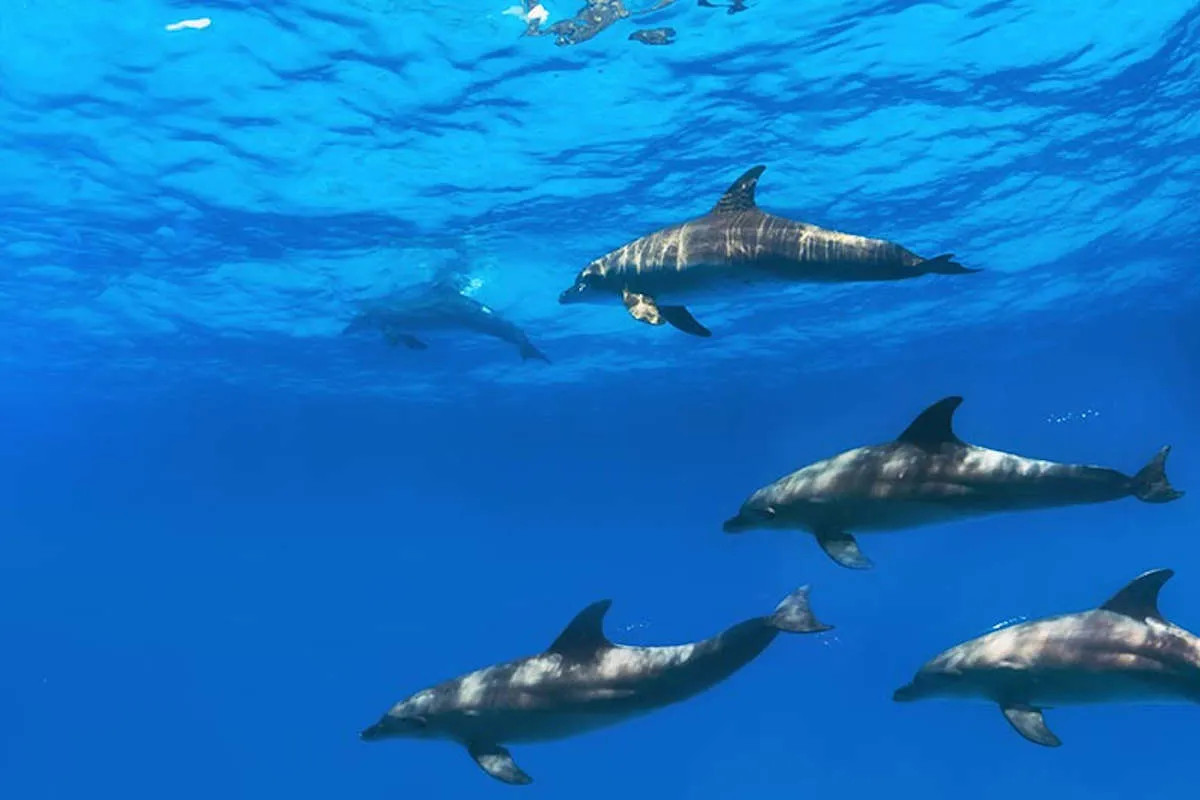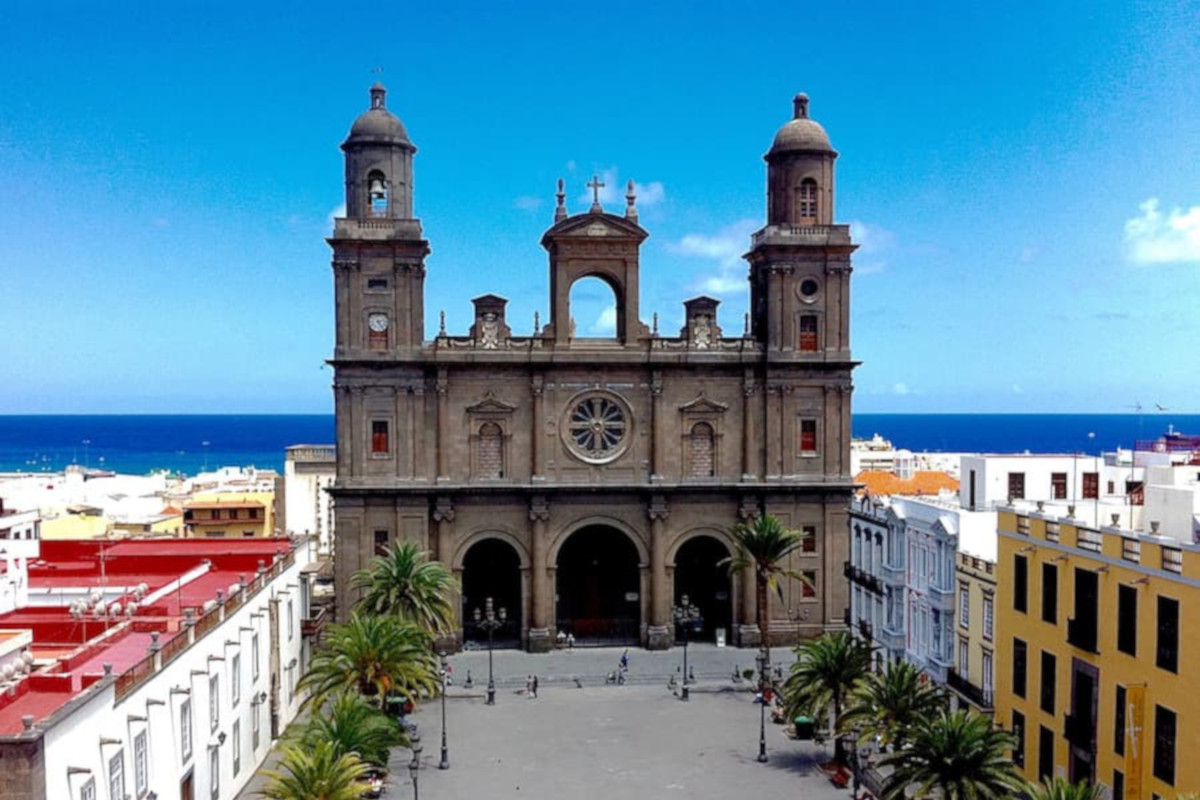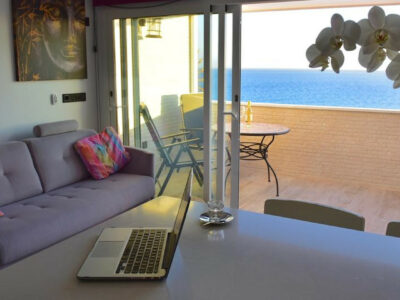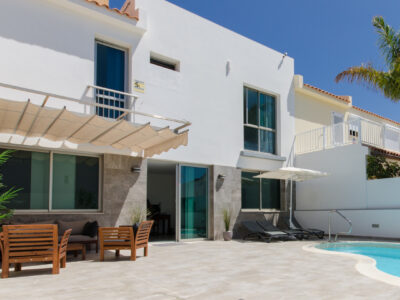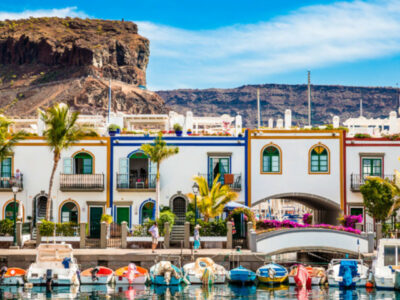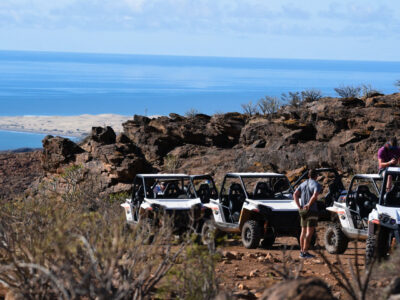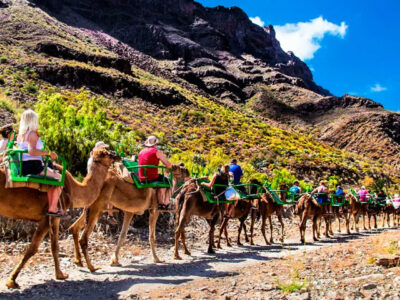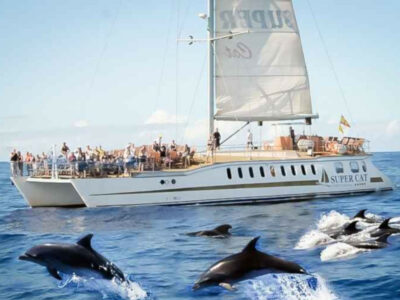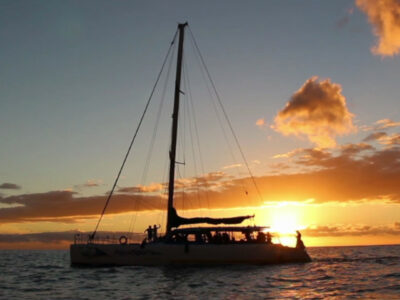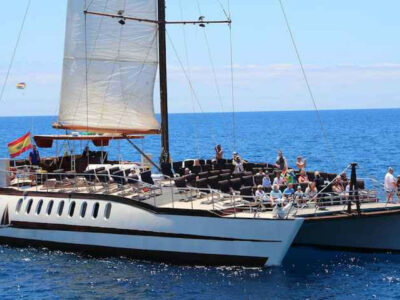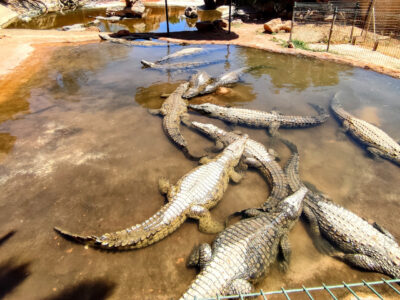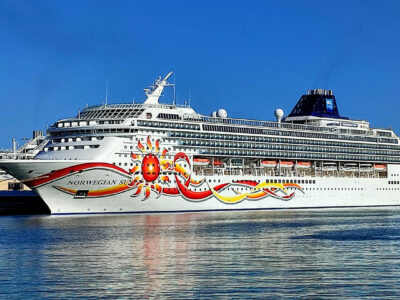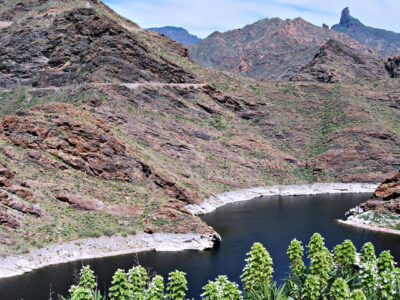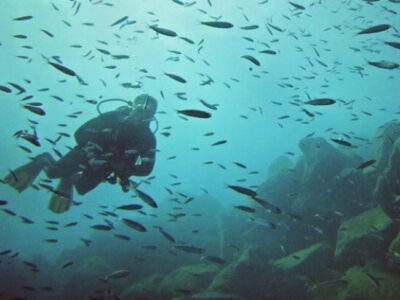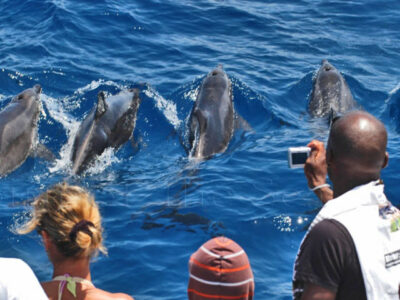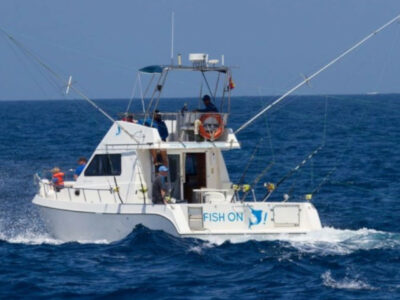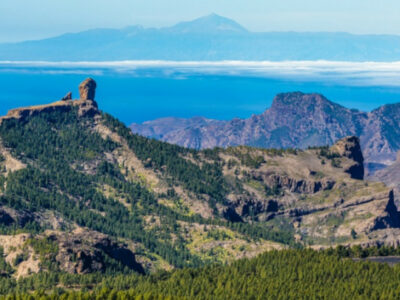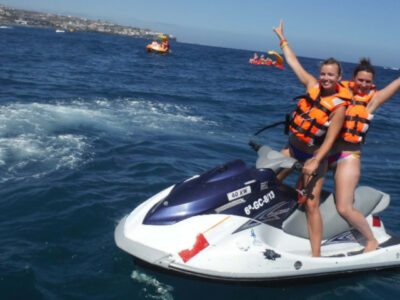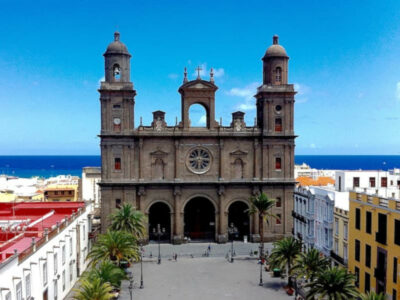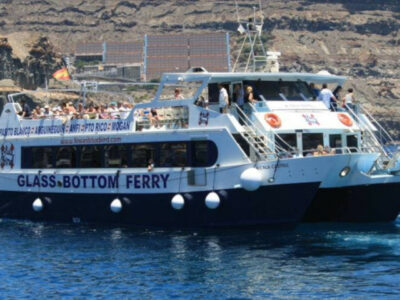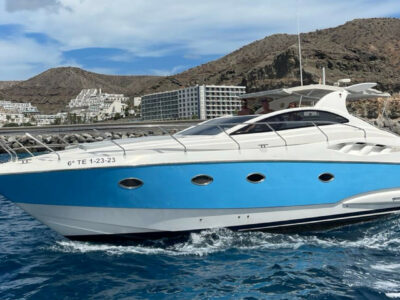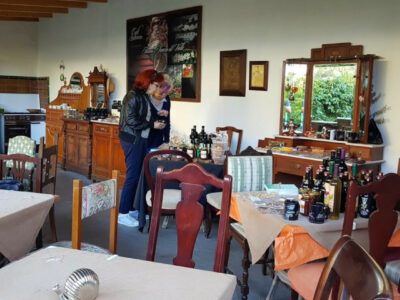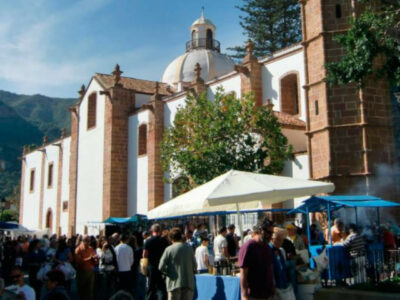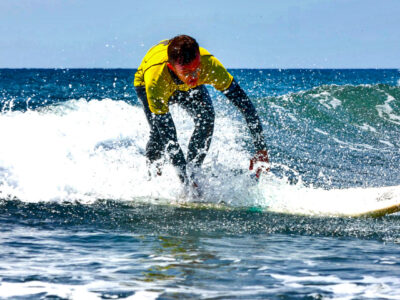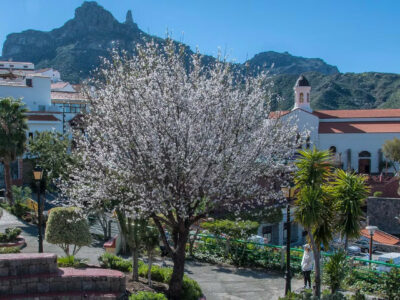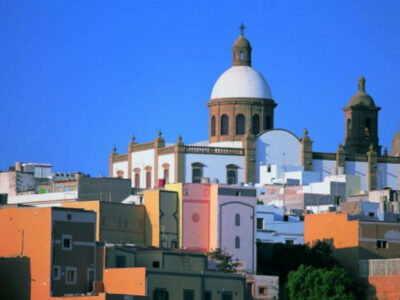Gran Canaria
Gran Canaria is the third largest and second most populous island in the Canary Islands. Gran Canaria is located in the Atlantic Ocean about 150 kilometers from the northwest coast of Africa and about 1350 km from Europe. It has an area of 1,560 km2 and a maximum altitude of 1,566 m on the Morro de la Agujereada. Gran Canaria is the third most populous island in Spain after Tenerife and Mallorca.
The history of the island is full of many legends. However, it is believed that the island was settled in the first century BC. They were tribes from Africa. The first Europeans did not enter Gran Canaria until the 14th century.
South of the Island
Gran Canaria, these are quality services in large holiday resorts, beaches and the sea as if cut out of postcards, beautiful nature and many opportunities to have fun and diversify your time during the holidays. The island is rich in rare historical monuments and unforgettable places. Interestingly, the island of Gran Canaria is listed by UNESCO as a biosphere reserve.
For a lively nightlife and great fun, head to the main tourist resort on the island of Playa del Inglés. In the neighboring resort of Maspalomas, life is calmer. Tourists from northern Europe like the resort of San Augustín. All three resorts are connected by a beautiful, almost nine kilometers long beach. It is one of the most beautiful beaches on the island, a wide beach of fine golden sand washed by clear water, in the area of Plaza del Inglés and Maspalomas bordered by sand dunes. Part of the beach is reserved for nudists.
Capital city
In the capital of Las Palmas de Gran Canaria, in addition to modern buildings, you will also discover rare historical monuments such as the Casa Museo de Colón. The oldest part of the city – Vegueta is inscribed on the UNESCO list. Las Palmas is home to a film festival and a carnival. The city is lined with two picturesque bays and beautiful sandy beaches. Thanks to the favorable conditions, surfing lovers will also enjoy themselves.
The center of the island
The Roque Nublo hill in the central part of the island is considered a symbol of the island. Its peak reaches a height of 1813 meters above sea level. This basalt “monument” was once considered a sacred place. Today it is a popular tourist destination with views of Roque Bentaiga and the Great Tejeda Caldera.
To get to know the traditional Canarian architecture, the city of Terror is worth a visit. In addition to the magnificent 18th-century basilica, you can admire the typical Canarian balconies, carved from local pine trees, which are the most important feature of Canarian architecture. In the north and in the middle of the island you will find the so-called craft shops offering a selection of local wines, rum, traditional delicacies and handmade items typical of the area.
Beaches
There are a total of 150 beaches on the island, which cover 60 km from a total of 236 km of coastline. The most famous are Playa del Inglés and Playa Maspalomas (6,000 m long golden brown beach and dunes of Maspalomas), Playa de las Canteras (3,900 m long beach protected by a cliff in the capital Las Palmas, light sand), Playa de San Agustín (670 m long, fine dark sand), Playa de Puerto Rico (400 m long, light sand), Playa de Mogán (300 m long, light sand) and Playa Amadores (300 m long, light sand). Almost all beaches on the island are regularly awarded the Blue Flag, which means that the beach meets all hygiene and cleanliness requirements.
| Visa requirements | There are no visa requirements for citizens of the European Union. |
|---|---|
| Languages spoken | Spanish |
| Currency used | EUR |
| Country name | Kingdom of Spain / Spain |


